Chicago is facing an unprecedented surge in homelessness, swelling to three times its previous numbers in just one year, as migrants continue to move into the city.
The latest city data reveals a stark 200% increase, highlighting a dire situation.
The Numbers Speak: Over 18,000 Homeless in Chicago
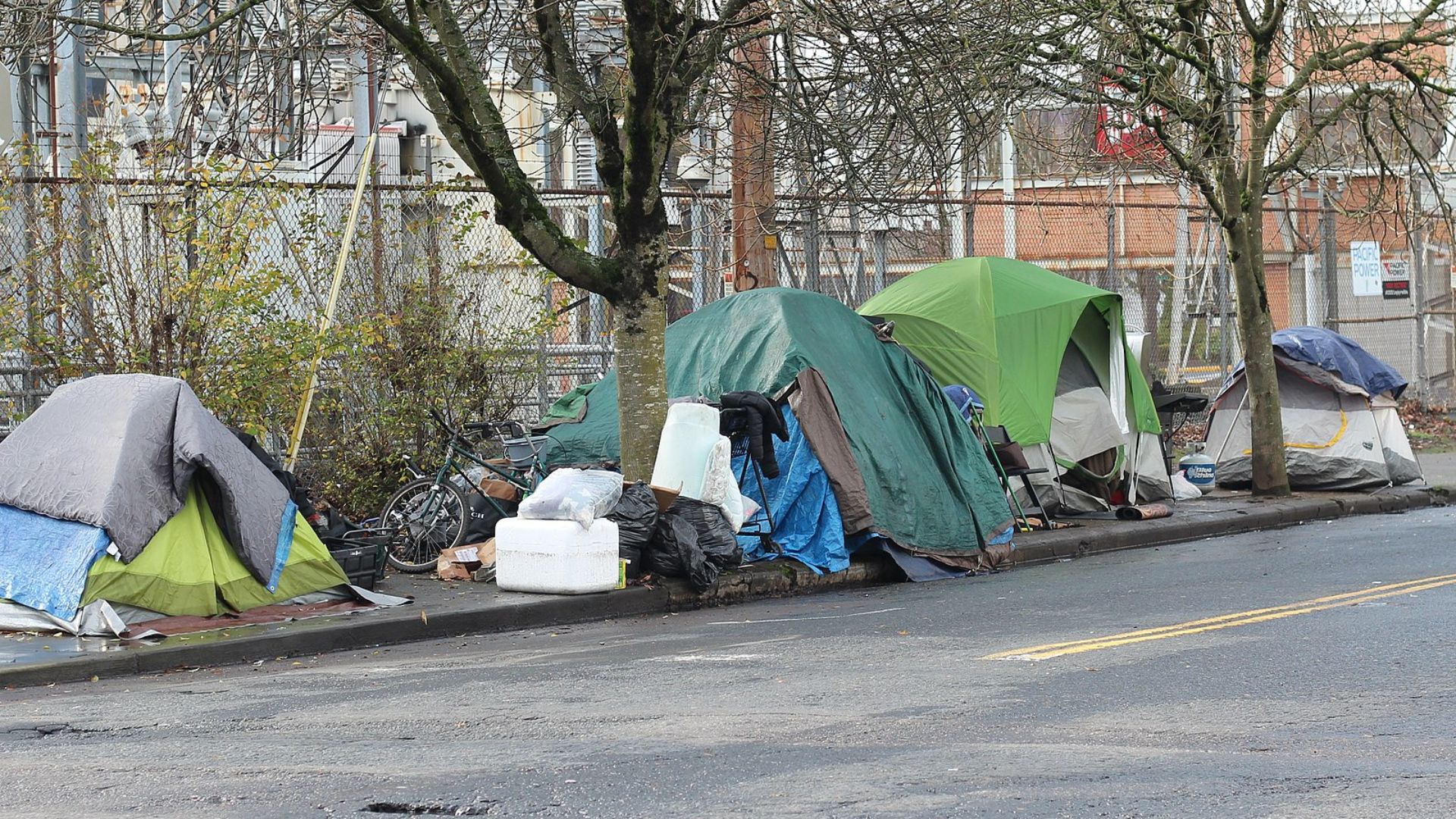
Last Friday’s annual snapshot showed a jump to 18,836 homeless individuals, up from 6,139 the previous year.
This dramatic rise puts the city’s capacity and resources to the test, as officials scramble to manage the crisis.
Shocking Surge in Street Homelessness

An alarming uptick of 960% in unsheltered new arrivals paints a grim picture of the crisis.
From just 20 last year to 212 now, these individuals face the harshest conditions, directly exposed to the urban elements.
Not Just Newcomers Facing Hardships

Even those not new to the city are feeling the pinch.
The count of ‘unsheltered non-new arrivals’ rose by 25% to 1,422. Together with 3,523 ‘sheltered non-new arrivals,’ they reflect a broader homelessness issue, not solely driven by recent migrations.
Children at the Heart of the Crisis

The data is even more heart-wrenching when considering the vulnerable: 30% of the increase involves children under 18.
Their plight illustrates the urgent need for targeted interventions and support systems.
The Texas Connection
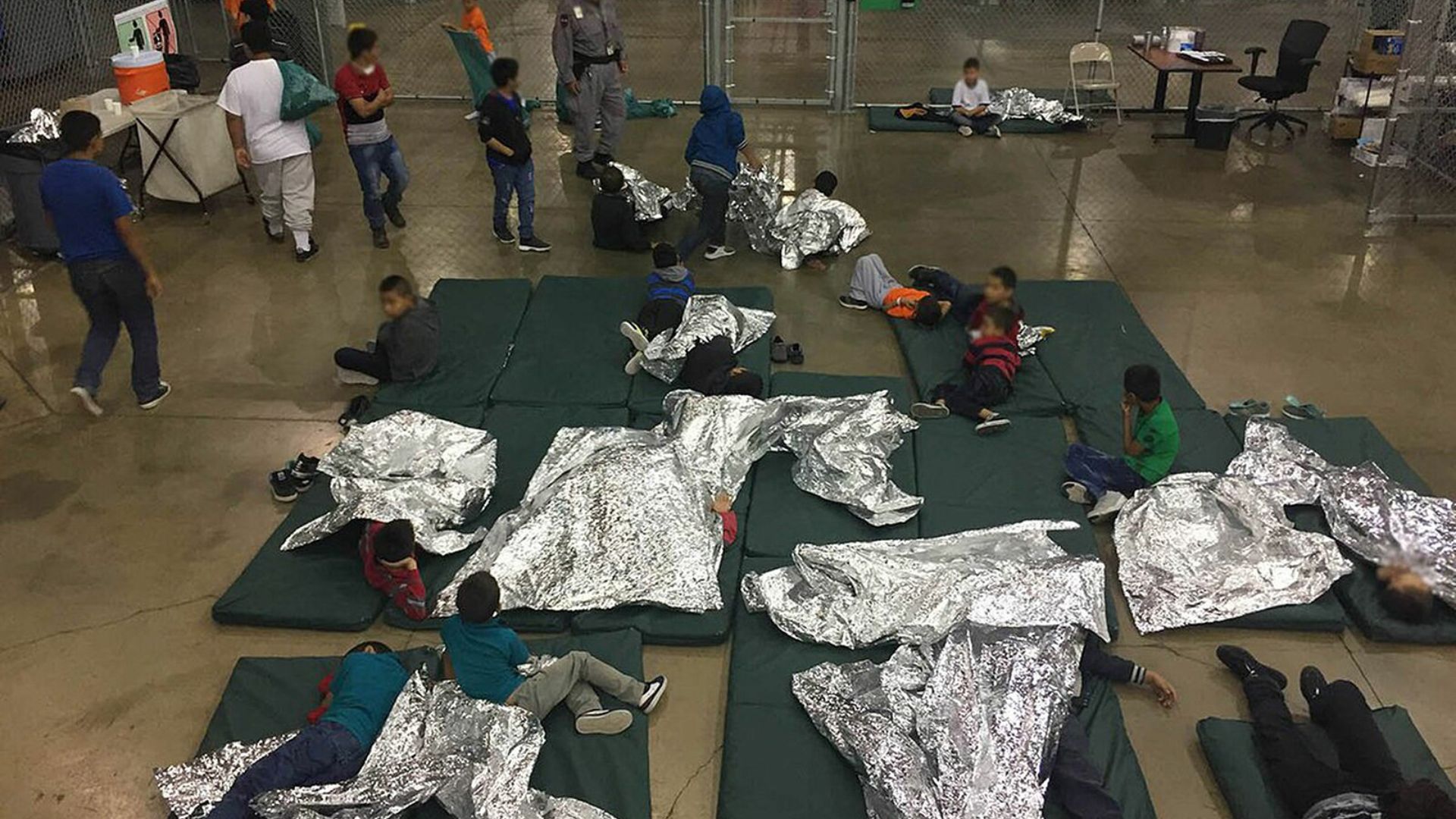
Since 2022, Chicago has been a reluctant recipient of buses carrying migrants from Texas, a move that has contributed significantly to the local humanitarian strain.
These arrivals have consistently been caught in the crosshairs of broader political and social dynamics.
Over 43,000 Migrants Attempted to Settle
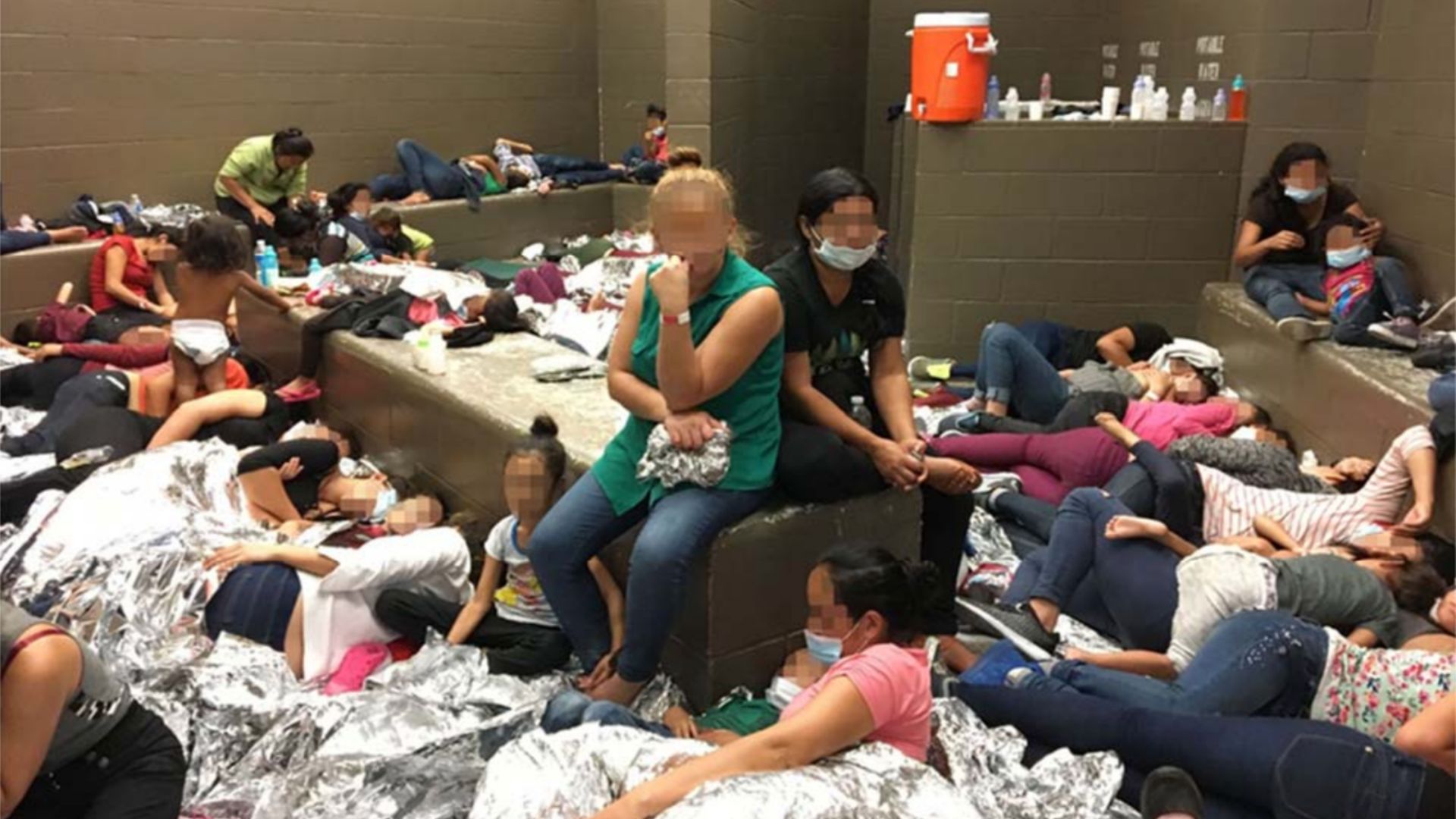
Maura McCauley from the Chicago Department of Family and Support Services noted the dual challenge.
She said, “Those things have been happening together. One didn’t stop in order to serve another population,” highlighting the ongoing struggle to balance resources.
The Definition of Homelessness Broadens
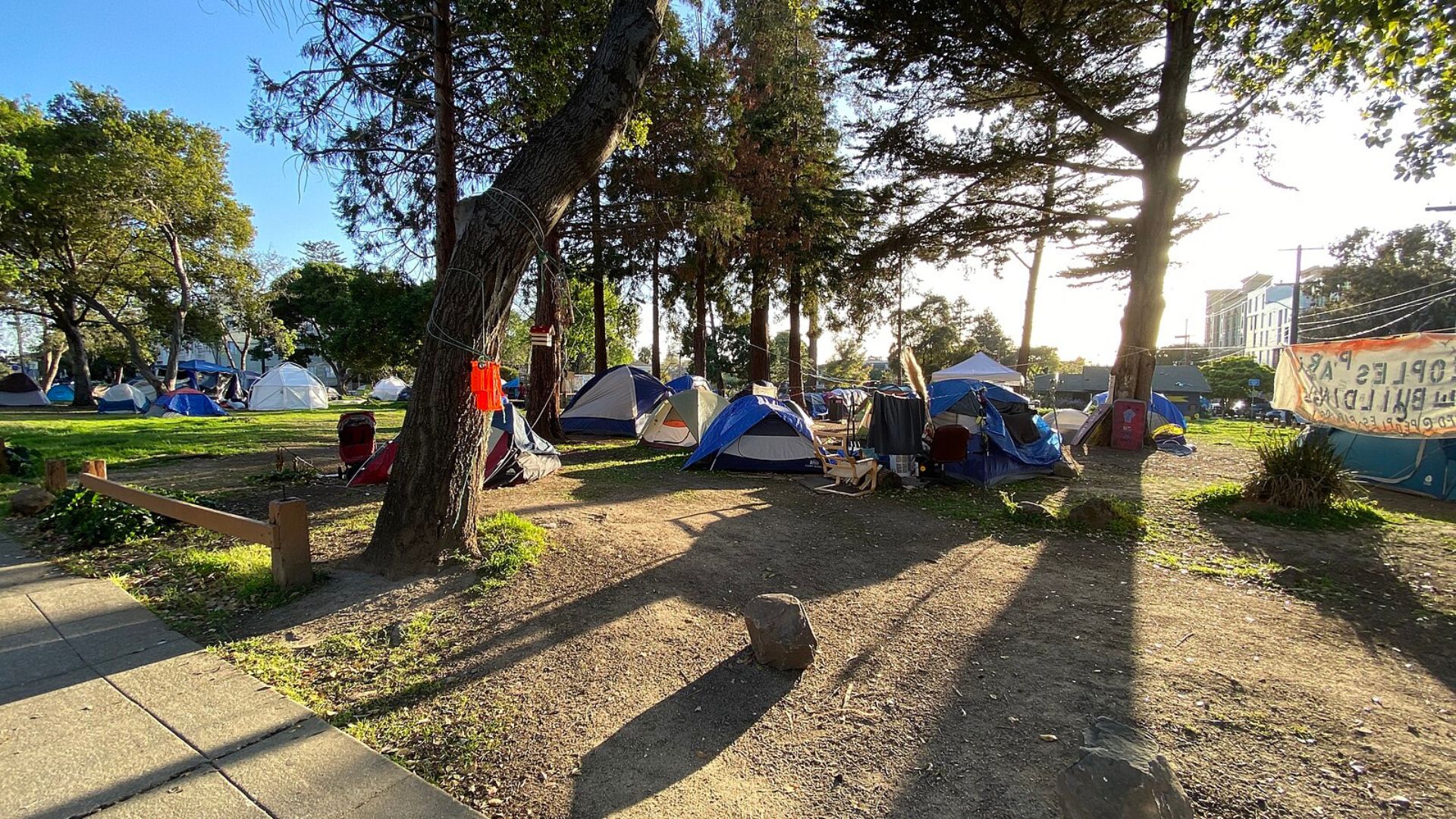
As federal definitions evolve, more people fall under the homelessness category, complicating aid efforts.
This expansion reflects a growing acknowledgment of the varied forms of homelessness, beyond just sleeping on the streets.
Pandemic Support Ends, Hardships Increase
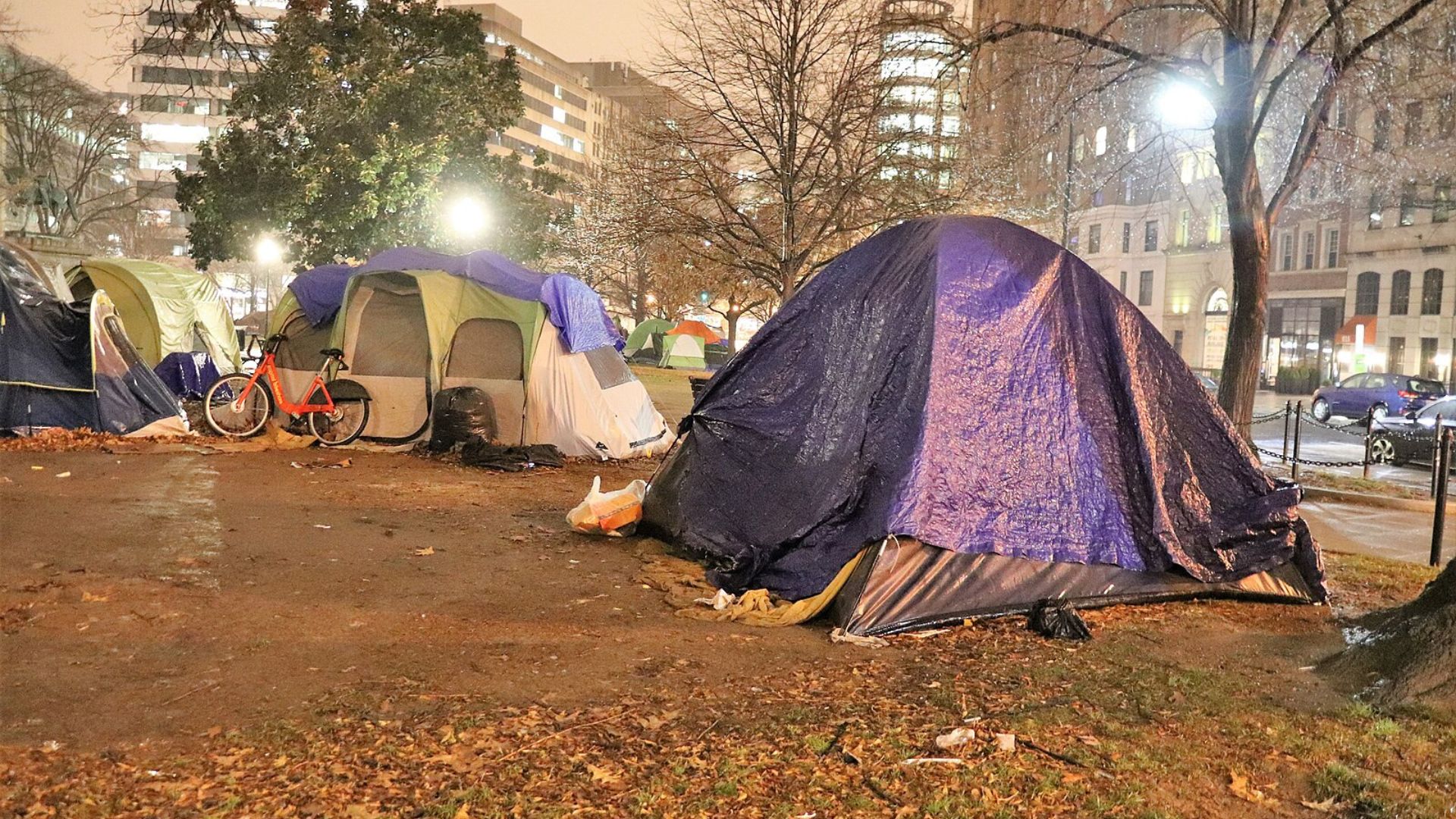
“The recent uptick has occurred because pandemic era supports, like SNAP benefits and stimulus resources from the state and federal government, came to an end,” McCauley explained.
She points to compounded vulnerabilities as financial aids dry up.
Housing Crisis Deepens Despite Increased Shelters
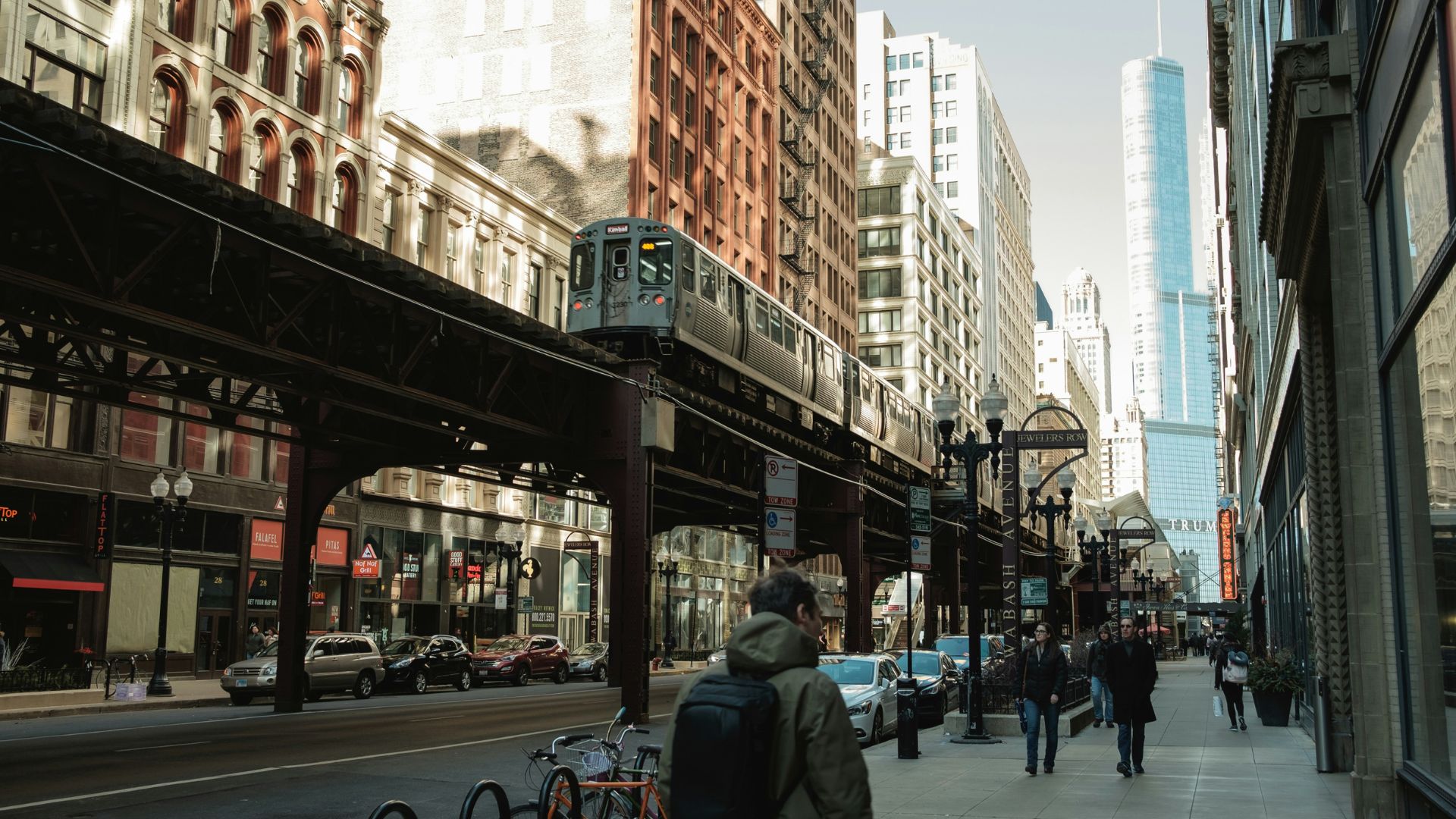
Despite expanding shelter capacity fivefold, the city barely keeps pace with the demand.
“We were anticipating this increase, but we also at the same time increased our shelter capacity more than five times,” McCauley added, stressing the scale of the crisis.
Housing Shortages and Federal Help
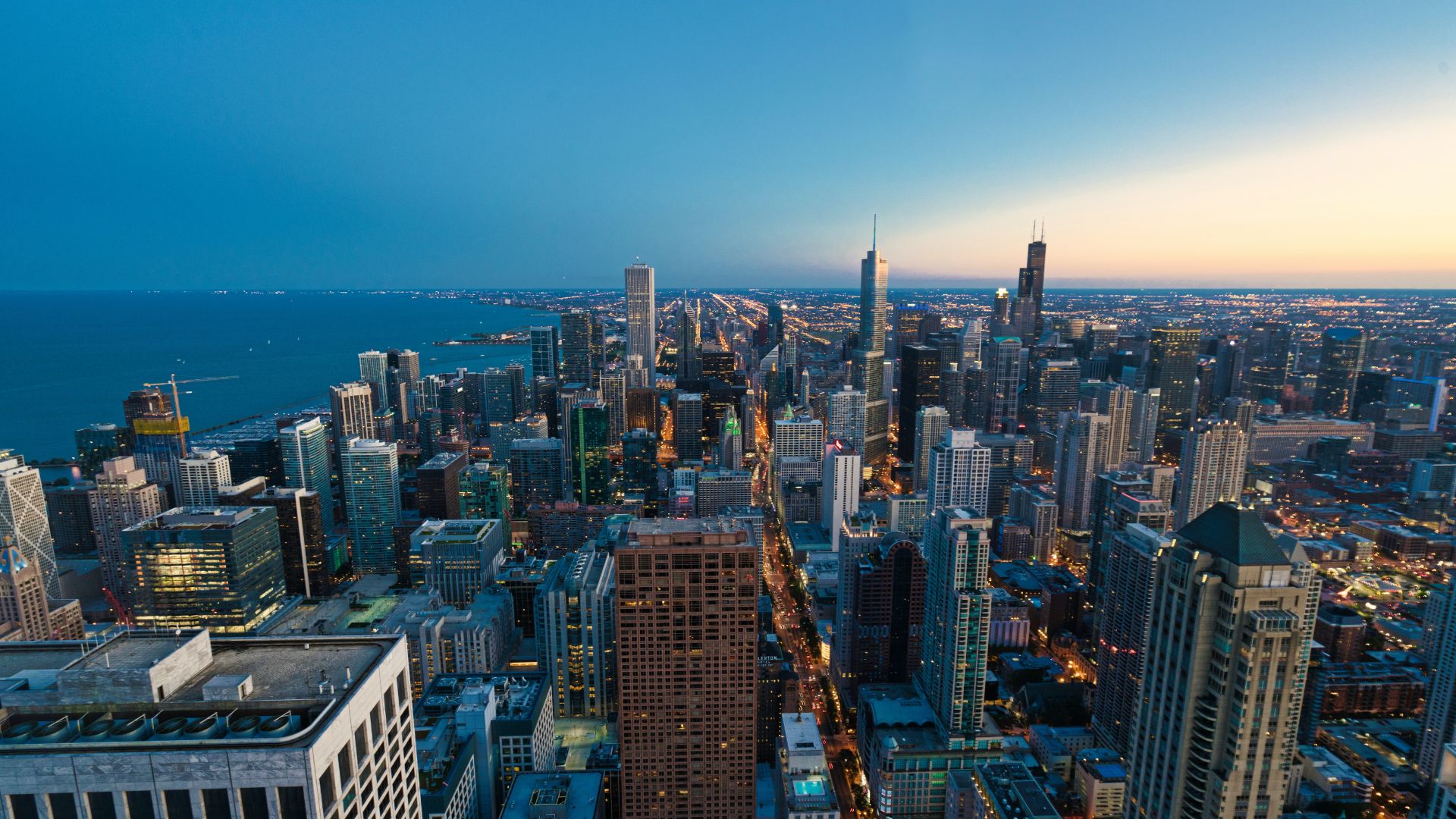
An intense spike in homelessness shows a critical need for more federal resources, as the city battles not just a migrant crisis but an overall housing shortfall.
The local government’s plea for more aid underscores the severity of the issue.
Miscommunication and Public Trust

With discrepancies in migrant numbers reported by the city, public trust wanes.
Critiques on social media reflect confusion and anger, pointing to a gap between official statistics and public perception, further complicating an already complex issue.
